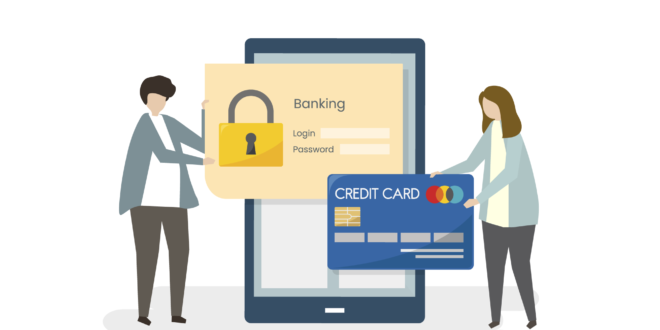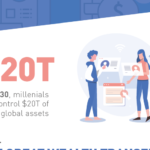Tags Digital Transformation Marketplaces Online Lending Open Banking Startups
There are three main banking services people routinely use: payments for products/services (i.e. transfers from one account to another), lending (i.e. borrowing funds from a bank for a specific purpose and/or daily needs) and investments (i.e. using excess funds to earn returns). Traditionally, financial institutions have fulfilled these services; however, FinTech has started to change that. The rise of peer-to-peer (P2P) platforms has enabled consumers to execute payments from account to account, without the need of a financial institution as an intermediary. Similar technology has also enabled P2P lending to encroach in the financial sphere. Likewise, crowdfunding has become a powerful alternative method of investment/raising capital.
What’s more important, especially for traditional financial institutions is that this FinTech revolution is just in its infancy. Big data, streaming processing, analytics, multi-factor authentication, API security, identity and access management, the cloud and networking are expected to further disrupt the uberization of the financial sphere. This will likely be manifested in the creation of a financial marketplace platform, one that allows people to circumvent banks completely for all their financial needs. Just as Uber changed the way we think about transportation, FinTechs will further disrupt traditional financial institutions and force them to either adapt to new realities or become obsolete.
 BFC Bulletins Monthly News Digest
BFC Bulletins Monthly News Digest




